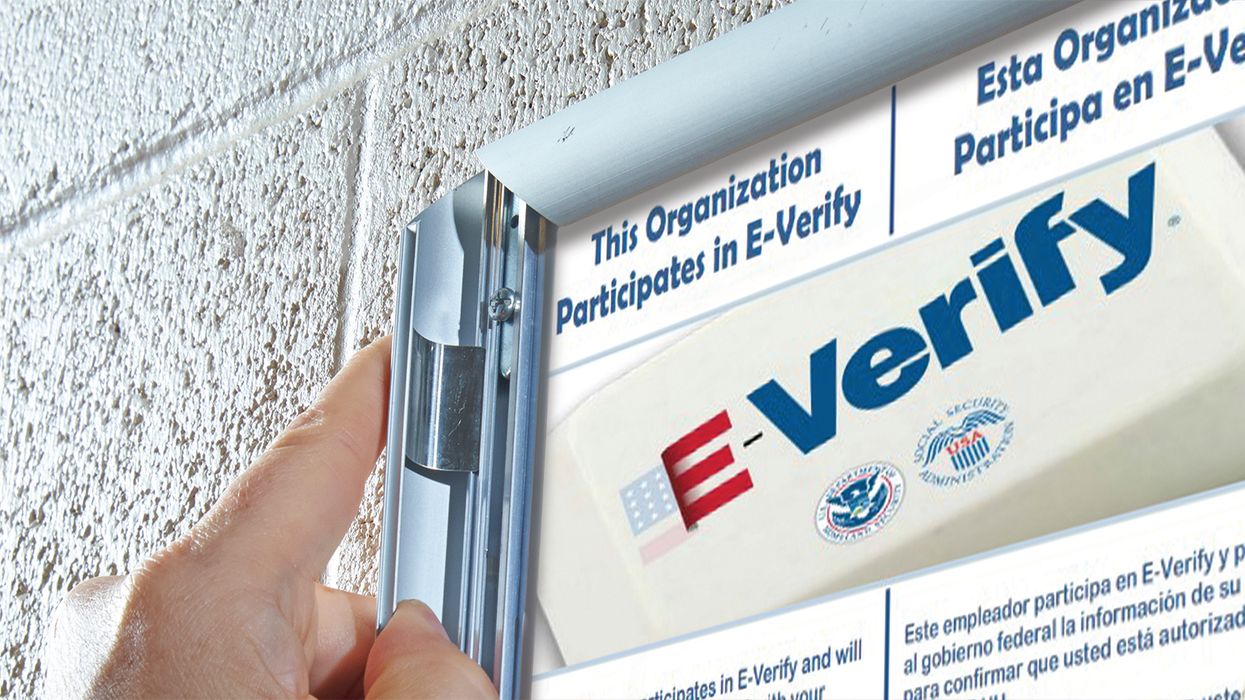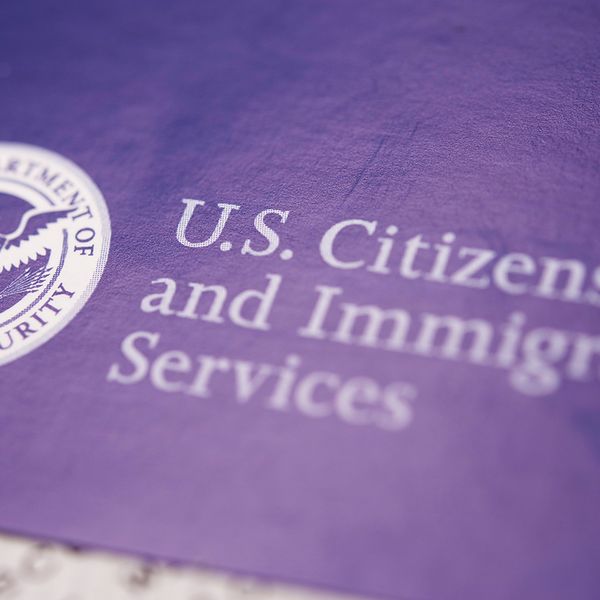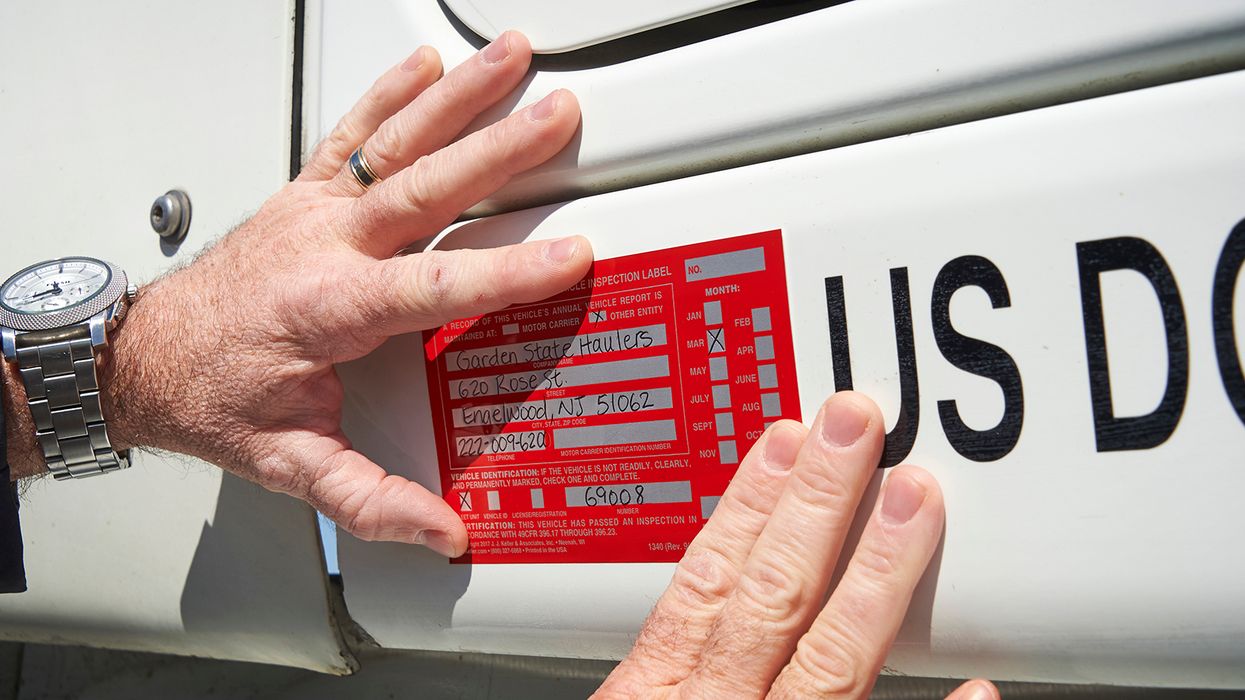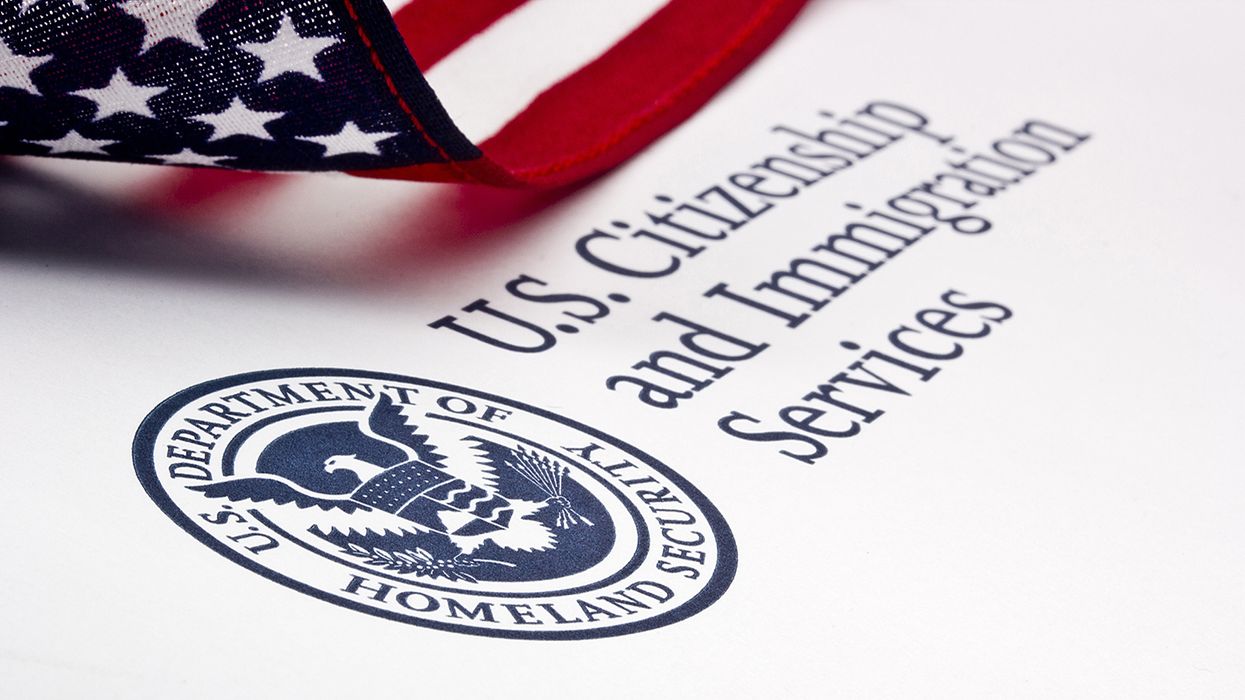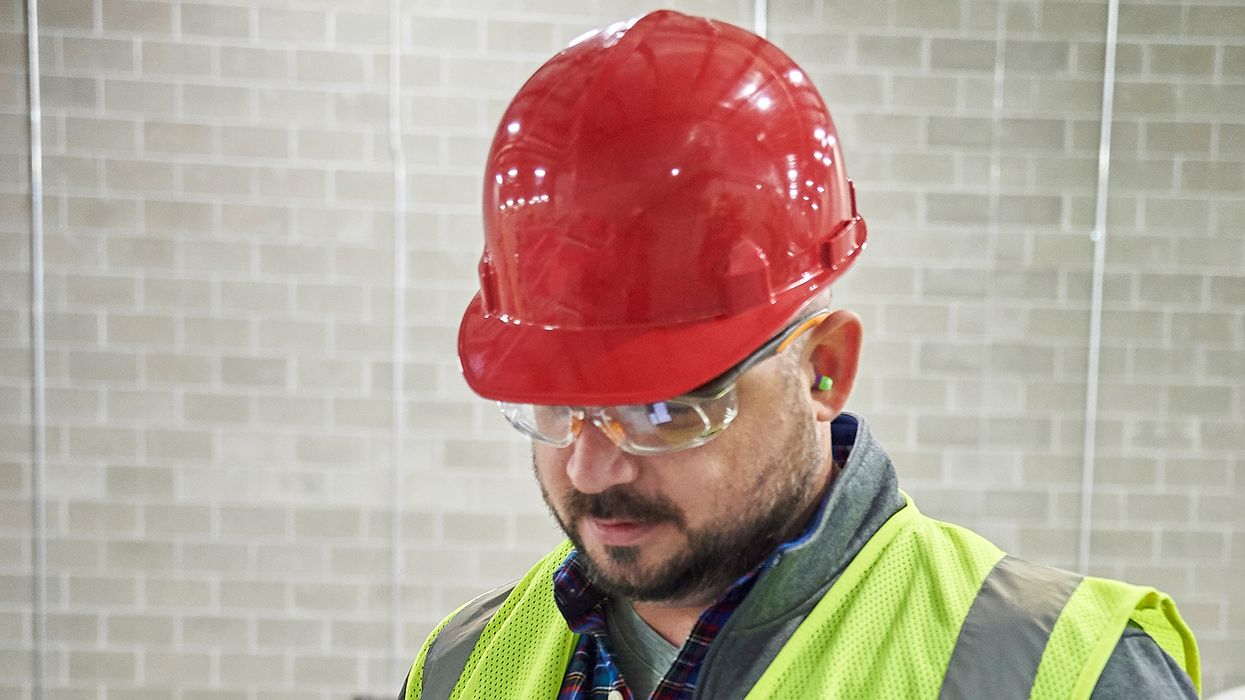E-Verify ends extended time frame for resolving tentative nonconfirmations
Because of office closures during the COVID-19 pandemic, employees were given extra time to clear up social security inconsistencies when an initial E-Verify case result was a tentative nonconfirmation.
That extension ended on July 15, 2022. For cases referred on or after that date, employees have eight federal working days to get in touch with their local Social Security Administration (SSA) office after they decide to resolve the issue.
What happens if employees had nonconfirmation deadlines extended?
Employees who received a tentative nonconfirmation between March 2, 2020, and July 14, 2022, have until September 29, 2023, to resolve the mismatch between information entered in E-Verify and information in SSA records.
For these employees, employers should update the referral date confirmation document from E-Verify with a final date of September 29, 2023.
If employees do not resolve the mismatch by September 29, 2023, the case will automatically be closed.
Why is a tentative nonconfirmation result issued by E-Verify?
A tentative nonconfirmation occurs when information entered into E-Verify from an employee’s Form I-9 does not match records held by the SSA or Department of Homeland Security (DHS). The Form I-9 is used to verify an employee’s eligibility to work in the United States.
When there is a mismatch between the E-Verify information that’s entered and the information already in the system, employers must give employees an opportunity to resolve the issue.
Working through the tentative nonconfirmation process
The eight-day time frame for contacting an SSA office to resolve an issue marks a return to the normal procedure for a tentative nonconfirmation case result.
The procedure includes deadlines and responsibilities for both employers and employees:
10 days: Within 10 days of E-Verify issuing the tentative nonconfirmation, the employee must decide whether or not to try to resolve the case.
The employer notifies the employee of the tentative nonconfirmation by printing the Further Action Notice and giving it to the employee. The notice will identify the agency or agencies associated with the mismatch.
If the tentative nonconfirmation was issued because information was incorrectly entered by the employer, the employer can close the case due to incorrect data. The employer then creates a case with the correct information.
If incorrect data is not the reason for the tentative nonconfirmation, the employee decides whether to take action to resolve the issue. The employer’s next steps are based on the employee’s decision:
- If the employee decides not to contest the tentative nonconfirmation, it becomes a final nonconfirmation. The employer may terminate employment and should close the case in E-Verify.
- If the employee decides to try to resolve the case, the employer refers the case to DHS or SSA through E-Verify.
8 days: The employee then has eight days to visit an SSA field office or contact DHS to begin to resolve the issue. The E-Verify system will provide a referral date confirmation, showing the date by which the employee must visit an SSA field office or contact the DHS.
No action while case is pending
While a case is pending, an employer cannot take these actions because of the pending case:
- Terminate or suspend employment,
- Withhold pay or training,
- Delay a start date, or
- Otherwise limit employment.
Why would a tentative nonconfirmation occur?
The E-Verify result may show a tentative nonconfirmation for work eligibility because the employee:
- Did not report a name change to the SSA
- Did not update citizenship or immigration status with the SSA
It may also occur because:
- A recordkeeping error occurred at the SSA or DHS
- The employer incorrectly entered the employee’s information into E-Verify
- Citizenship or immigration status changed
Closing the case after a tentative nonconfirmation
After the employer receives the updated result from E-Verify, the employer informs the employee of the result. If employment is authorized, the individual is eligible to work in the United States. If a final nonconfirmation is received, it means E-Verify cannot confirm that the individual is eligible to work in the United States. The employer closes the case and indicates whether the company will continue to employ the individual.
While an employer may choose to continue to employ the individual, this is risky. An employer faces fines for employing unauthorized workers.
An employer who chooses to terminate the employee at this point will not face civil or criminal liability for doing so.
Key to remember
Employees no longer have an extended period of time to contact the Social Security Administration (SSA) after an E-Verify tentative nonconfirmation is referred to the agency. The normal time frame of eight federal working days applies.

